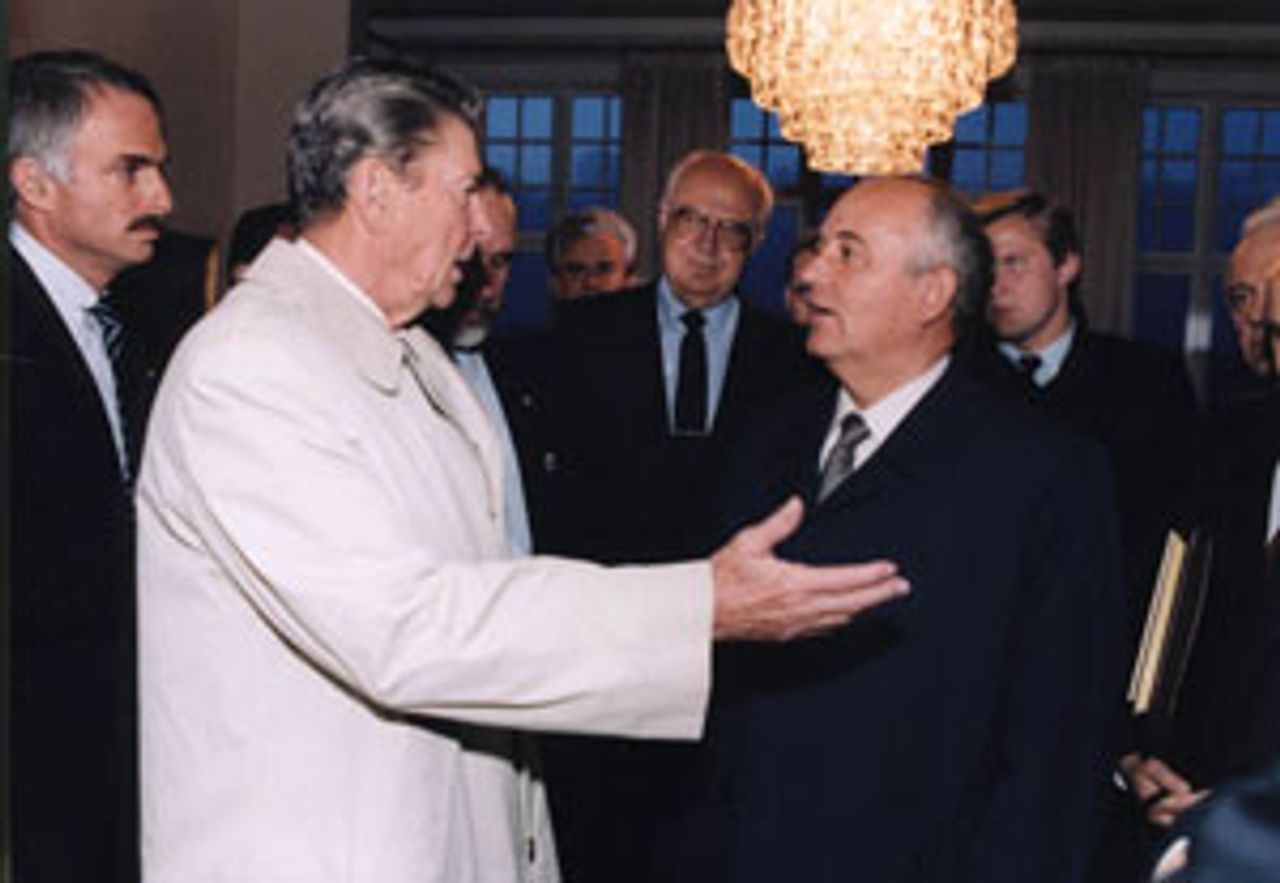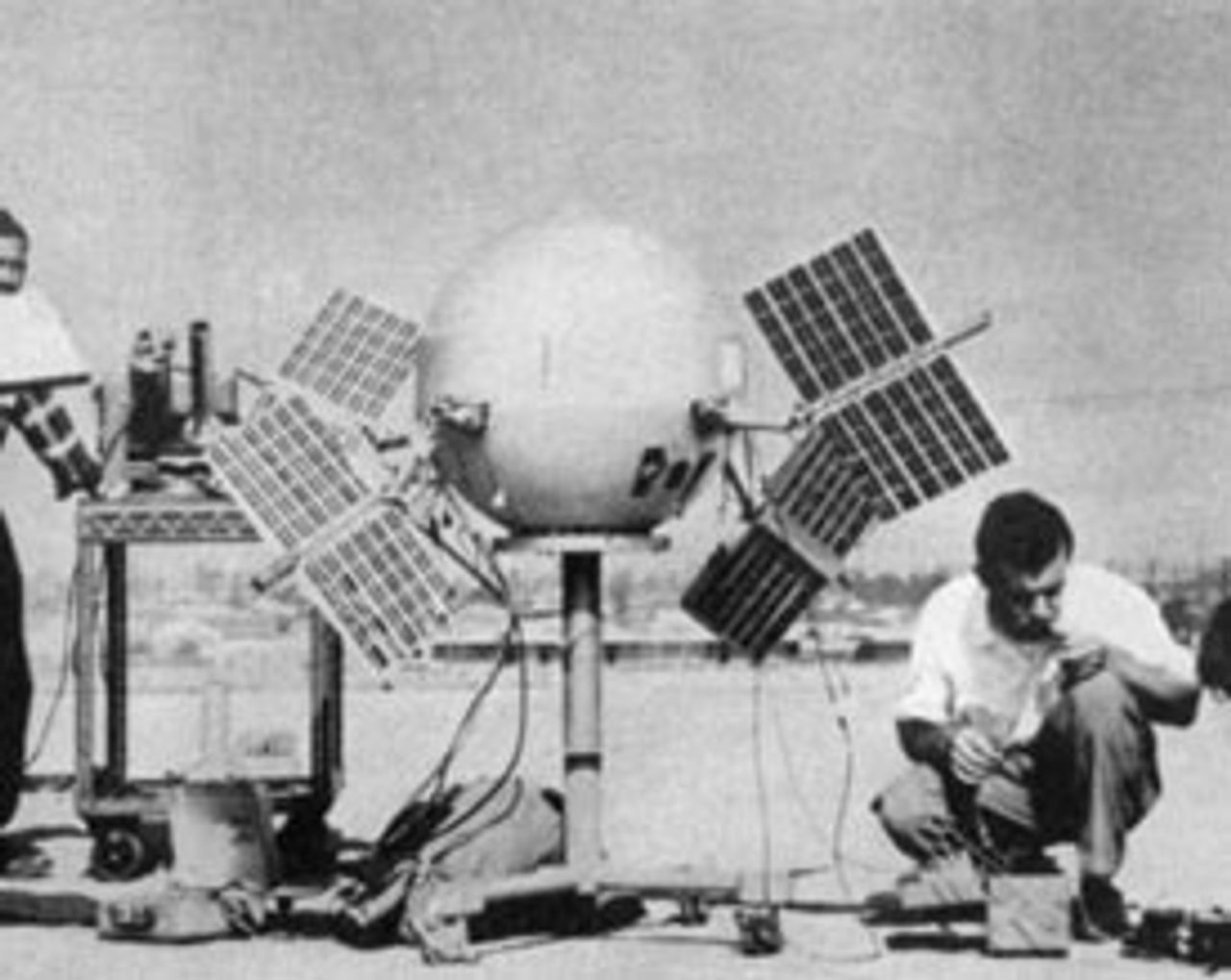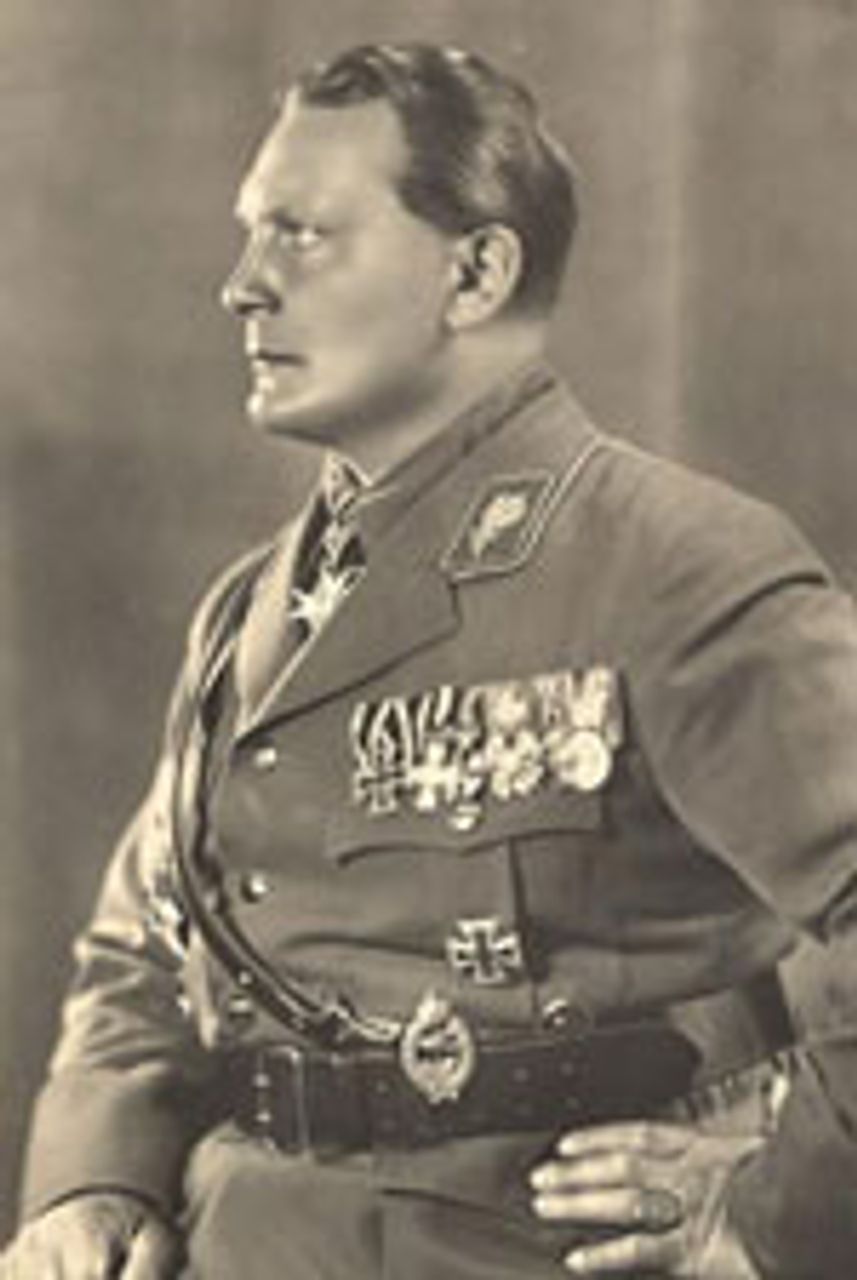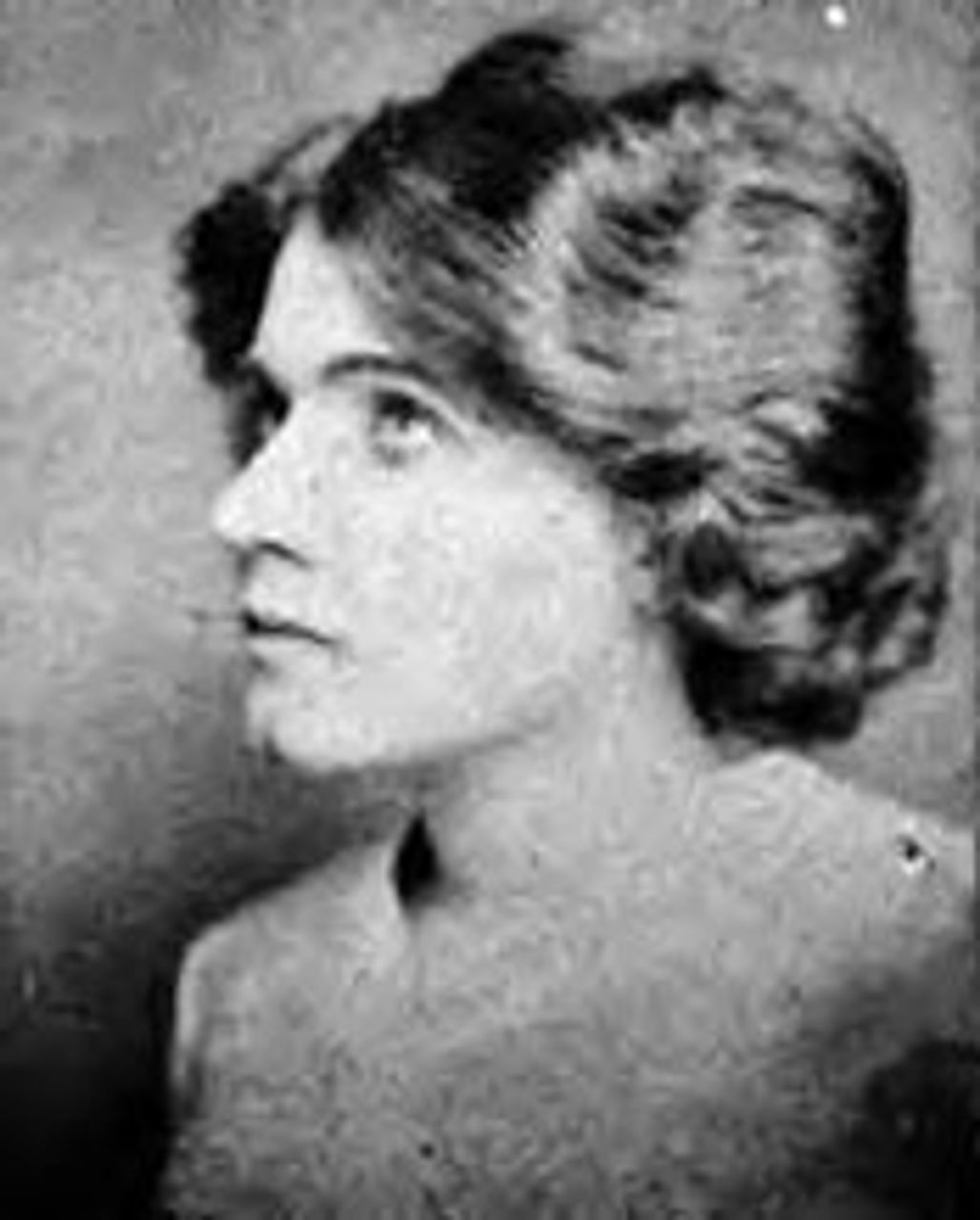This Week in History provides brief synopses of important historical events whose anniversaries fall this week.
25 Years Ago | 50 Years Ago | 75 Years Ago | 100 Years Ago
25 years ago: Gorbachev installed as Soviet leader
 Gorbachev and Reagan in 1986
Gorbachev and Reagan in 1986On March 11, 1985, Mikhail Gorbachev was installed as General Secretary of the Comumunist Party of the Soviet Union. He was selected by the ruling Politburo, three hours after the death of his predecessor, Konstantin Chernenko. Gorbachev was the youngest man to hold the position and the first born after 1917. A “reformer,” his appointment was a turning point in the ruling bureaucracy’s attack on the property relations established by the October Revolution.
His career had been taken in hand early on by powerful figures in the state apparatus, with Gorbachev rising rapidly from a provincial agricultural planner to the heights of the state. Following a generation of murderous and unprincipled bureaucrats cultivated by Stalin in the 1930s, Gorbachev was the standard-bearer of a “generation of utter cynics ... thoroughly corrupt and totally indifferent to the ideas that formed the moral foundation of the country,” as historian Vadim Rogovin put it.
The Soviet Union had entered a deep crisis by the 1980s. Autarkic economic policies, compounded by the corruption and stupidity of the bureaucracy, had caused productivity to fall further behind the West. Moscow was at the same time shocked by the 1980-1981 Solidarity movement in Poland and was fearful of widespread working class revolt. Economic stagnation meant that the bureaucracy could not meet the demands of the working class, which threatened to take on openly political forms.
In response, the bureaucracy sought to retrench its rule by basing it on capitalist property relations disguised as democratic reform. Gorbachev was selected to lead this process. [See “Perestroika versus Socialism” at Mehring Books.]
50 years ago: Pioneer V launched into space
 Pioneer V under preparation
Pioneer V under preparationThe US space program NASA launched the probe Pioneer V on March 11, 1960, from Cape Canaveral, Florida, with its primary mission to investigate interplanetary space between the orbits of Earth and Venus.
Weighing only 43 kilograms and measuring but 66 centimeters in diameter, Pioneer V had four solar panels for energy and included four instruments to gather data: a magnetometer to observe the magnetic field, a telescope to detect solar particles, an ionization chamber to measure radiation, and a spectrometer to measure dust particles, the last of which failed to work.
A Thor-Able rocket carried the satellite into space with a thrust measured at 165,000 pounds, creating an initial velocity of nearly 25,000 miles per hour. Pioneer V was fired backward against the earth’s orbit to break out of its gravitational pull. The probe would lose speed but later pick it up again as the sun’s more powerful gravitation asserted its force, pulling it toward the orbit of Venus.
Hours after its launch a tracking station in Hawaii made first radio contact with the probe from its 150-watt transmitter, which was predicted to maintain contact up to 50,000,000 miles—a record for deep space communication. Data was transmitted as code, then transcribed to tape, and from there to data cards that were entered into an IBM 709 computer for decoding. Based on the data, the computer was able to keep a running approximation of Pioneer V’s course.
The US was attempting to catch up with the Soviet Union in the “space race.” The two countries had launched a number of satellites in the previous three years, the USSR leading the way with its two Sputnik launches of 1957.
75 years ago: Göring announces creation of Luftwaffe
 Hermann Göring
Hermann GöringGeneral Hermann Göring, Germany’s Minister of Aviation, announced this week that the Nazis had begun the process of developing an air force. This action was in direct violation of the Treaty of Versailles, which prohibited the armed forces of Germany from including a “military or naval air force.”
The civilian German Air Sport Association (DVLA), it was announced, would become militarized. On March 11, the DVLA was placed under the control of the Reichswehr (Germany’s armed forces). Preparations were to be made for the selection of a corps of officers, the training of pilots, and the construction of several air fields throughout the country.
In reality, the admission by Göring that Germany was developing an air force was not so much the announcement of a project to be commenced, as it was the unveiling of a project that was nearing completion. It was well known that Germany had been training and building a militarized aviation force for some time. This was accomplished without significant opposition from Britain, France or the League of Nations.
The decision of Hitler and Göring to make their air force public and “official” this week in 1935 was, in part, an answer to a recent British white paper on defense which called for a larger naval fleet, an increase in aircraft for the Royal Air Force and new anti-aircraft defense weapons to counter the increasing rearmament underway in Germany’s military.
100 years ago: Hollywood star system is born
 Florence Lawrence
Florence LawrenceOn March 12, 1910, Canadian actress Florence Lawrence became the first motion picture star widely known by her name, after an enterprising film entrepreneur, Carl Laemmle, won her away from legendary director D.W. Griffith and the film monopoly of Thomas Edison. Edison responded by blacklisting Lawrence.
Prior to that date, Lawrence had been known to audiences as “the Biograph Girl,” a wildly popular acting franchise to be taken over by fellow-Canadian Mary Pickford. Film actors and actresses were not known by their names, as Edison’s Motion Picture Patents Company—which had come to exercise a virtual monopoly on US film making and distribution—sought to maximum profits at the expense of actors.
But audiences wanted to know. Laemmle, who lost a patent case to Edison in New York Circuit Court the same week, cooked up a publicity stunt. He first circulated a rumor that the Biograph Girl was dead, which was widely picked up by US newspapers. Then, on March 12, he revealed that she was alive. Attributing the false rumor to Edison’s and Griffith’s Biograph, Laemmle revealed that Lawrence would soon appear in a new film, The Broken Oath. Fans mobbed Lawrence at a public appearance in St. Louis.
Laemmle, a Jewish German immigrant, would shortly found Universal Studios with three colleagues. Buoyed by profits from Lawrence’s films, Laemmele would purchase over 200 acres in the San Fernando Valley of Southern California, far from Edison’s base of control in New Jersey.
